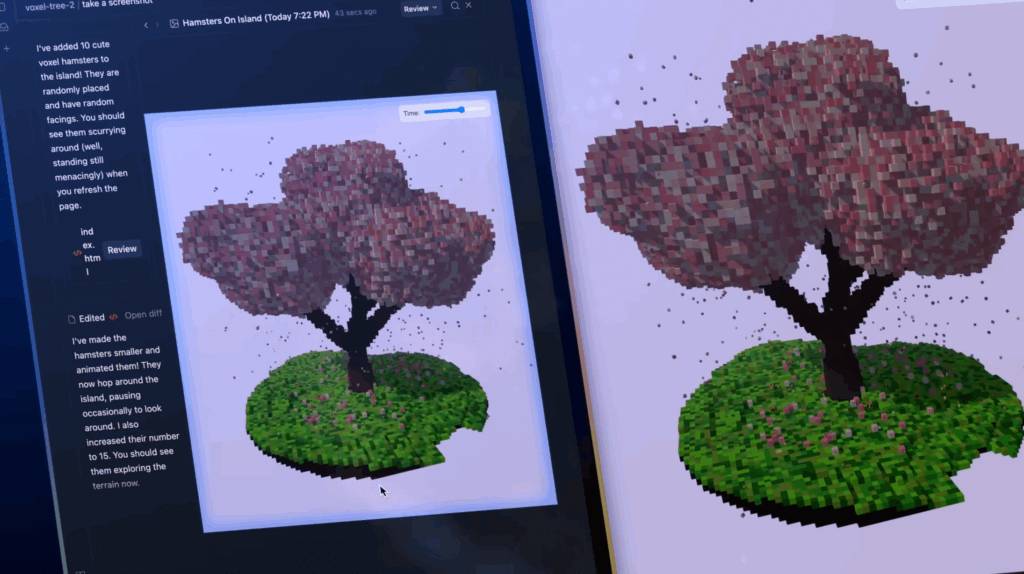In a move that signals a fundamental shift in how influence works, the White House has officially opened press room seats to digital-first journalists, podcasters, and independent content creators.
For decades, traditional media controlled the flow of information. If you weren’t in the pages of The New York Times or on the evening news, your voice didn’t carry. But 2025 is rewriting the rules. Influence is no longer about who holds the microphone; it’s about who captures attention.
With social platforms, independent newsletters, and short-form video shaping public discourse, new media isn’t an afterthought; it’s the main stage. The White House’s decision is an acknowledgment of this shift: legacy institutions are no longer the sole gatekeepers of influence.
So what does this mean for brands, PR, and digital marketing? It means the power dynamics of influence are changing, and those who embrace this reality will win.
PR in 2025: The Shift from Control to Connection
For PR professionals, this evolution is seismic. The days of carefully managing relationships with a handful of major outlets are over. Influence now requires an omnichannel approach, spanning traditional media, micro-influencers, and digital-native platforms.
Key shifts shaping PR today:
- AI-driven PR solutions: Real-time campaign tracking, automated sentiment analysis, and hyper-personalized media outreach are now the norm.
- Authenticity and transparency: In a world saturated with AI-generated content, audiences crave real stories from real people.
- Omnichannel influence: PR teams must master everything from legacy media to TikTok, Substack, and independent video creators.
The White House’s decision to embrace non-traditional media voices validates what PR professionals already know: if you want to shape the conversation in 2025, you can’t rely on the old playbook.
New Media: Where Influence Really Lives
The most powerful voices today aren’t necessarily found on TV or in print. Instead, they’re:
- On podcasts: Long-form, unscripted conversations are driving deeper engagement than traditional interviews.
- In newsletters: Independent journalists and thought leaders are building direct relationships with their audiences, bypassing traditional media entirely.
- On social platforms: TikTok, Instagram Reels, and YouTube Shorts are where public opinion is formed, not in print editorials.
The White House’s move highlights what has been brewing for years: independent media is now mainstream. Smart brands aren’t just engaging with reporters; they’re building relationships with influencers, content creators, and alternative media outlets that command real audience attention.
B2B Marketing: Human Connection Meets AI-Driven Precision
This shift isn’t just affecting traditional PR and media; it’s also transforming B2B digital marketing. While AI has made segmentation and personalization more powerful than ever, the real winners are those who balance tech-driven insights with human-first storytelling.
- Thought leadership is the new PR: Executives who consistently show up on LinkedIn, industry podcasts, and niche newsletters are outpacing those who rely on corporate press releases.
- ABM evolves into ABX: Account-Based Marketing (ABM) is shifting toward Account-Based Experiences (ABX), emphasizing real-time engagement over static campaigns.
- Privacy-first marketing is non-negotiable: As privacy regulations tighten, brands that focus on first-party data strategies will build trust while others struggle.
What’s Next: The Age of Decentralized Influence
The White House’s decision to bring new media voices into the press room is a clear signal: traditional gatekeepers are no longer in charge. Whether it’s politics, business, or culture, influence is moving faster, spreading wider, and no longer controlled by a select few.
- AI is amplifying voices, but only those who use it strategically.
- Authenticity is currency. Audiences gravitate toward real, unfiltered storytelling.
- Influence is everywhere, from podcasts to Substack to TikTok, new media isn’t just competing with legacy media—it’s overtaking it.
For brands, PR pros, and marketers, this isn’t just a trend; it’s the new reality. Those who adapt will thrive. Those who cling to the past will fade.
As marketers, CEOs, brand builders alike – let’s do this. It’s our duty.







